October 2014
The last month has been a bit of a whirlwind, I’m not sure where to start…
The Pharos arrived early in the month with the builders and the museum staff, the first of two main waves that will see base numbers swell during the summer months. Coincidentally the weekend of their arrival saw most of the snow melt, so it suddenly felt like summer was here and winter had ended abruptly. As the snow melted and the sun warmed the soil underneath you could smell vegetation in the air. People I’ve spoken to who have wintered on the southern bases (Rothera and Halley) have told me about being able to smell vegetation two days before returning to the Falklands by ship at the end of a winter season.
By the end of last month we had a few Elephant seals around. Now we have hundreds, including pups! The fur seals have slowly started to return as have the King penguins. It’s incredible to see all the wildlife about, I think I took it for granted last summer.
WARNING: some of the pictures below are gruesome and definitely not for the faint-hearted. I’ll try and warn you before each one, but one of the things about being down here is living with nature (I rarely get a full night’s sleep right now as there are huge Elephant seals barking outside my window) and there is no escaping the realities of it at times… So if you think the pictures ‘are a bit much’ remember this is going on non-stop around me at the moment. I think it would be an unfair representation of things if I didn’t blog about it!
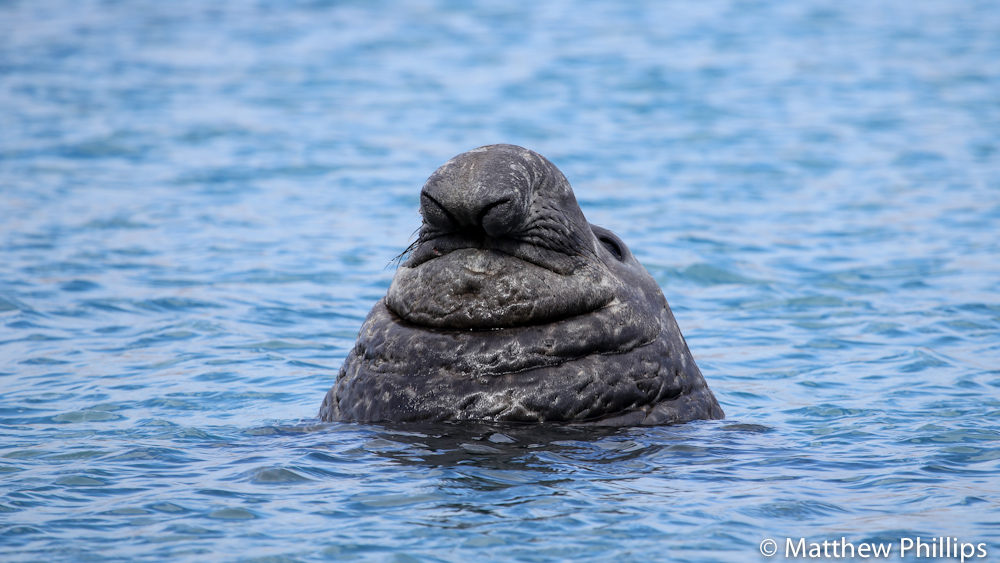
From a distance male Elephant seals can easily be mistaken for rocks. They will sniff the air for females, in this position until they have made their minds up.
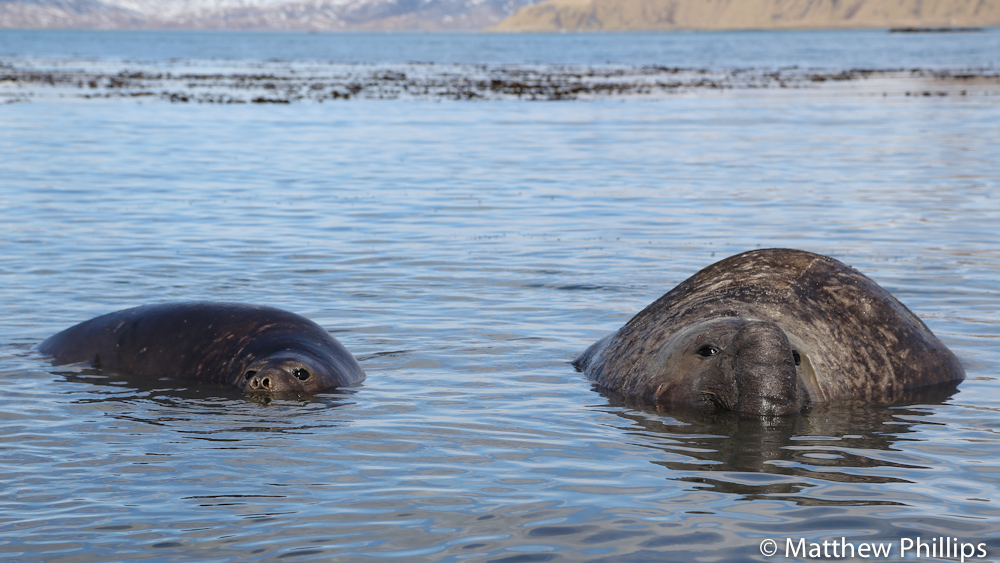
I’m no expert on human body language, let alone animal, but I’d say these two are interesting. This shot gives you an idea of the size difference between a male (bull) and a female (cow). (next two photos are of a pup being born – stay clear if you are squeamish!)
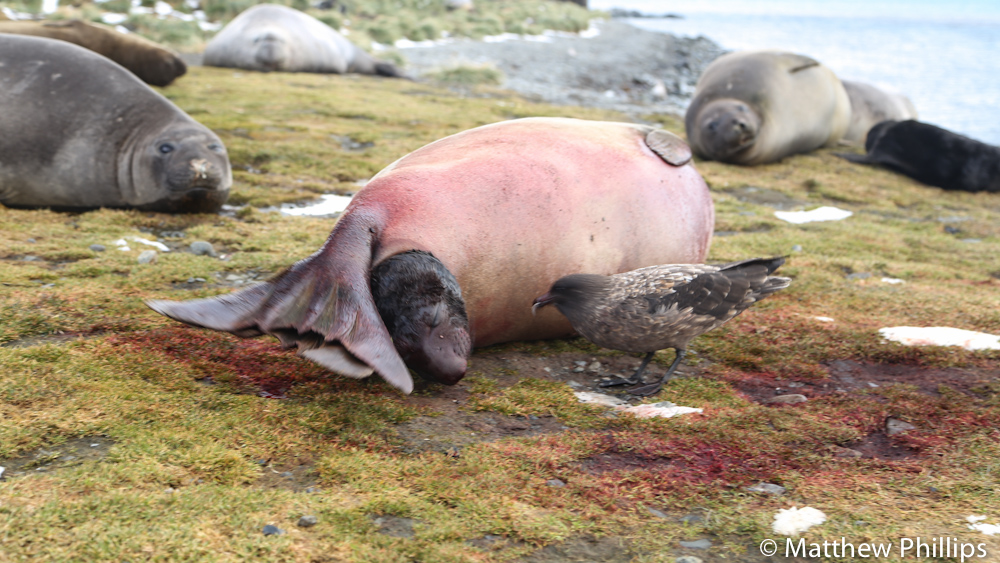
I ran to get the camera when I saw the black dot appearing and had to rush to get this shot, so you’ll have to excuse the slight blur. It tells the story of life in the Antarctic fairly well though. The Skua can’t wait to get some placenta or even a bit of pup eye!

I think the excitement is getting to the skua or maybe he knows he doesn’t have much time to grab a snack. I was a little worried about the pup at this stage…
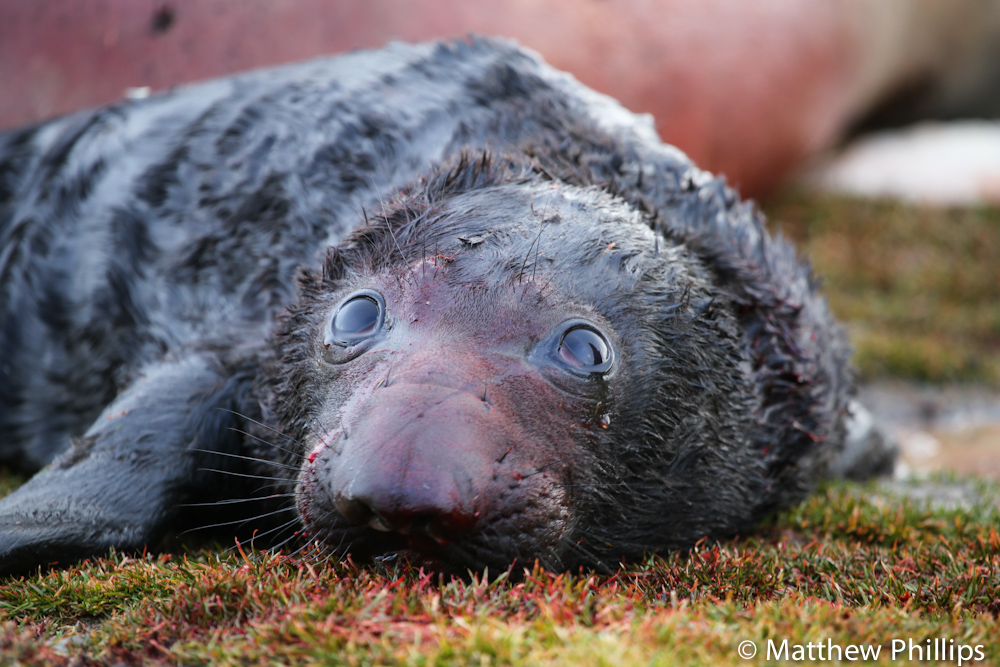
Ah but he was fine! Yes, I’m fairly sure it’s a ‘he’. There were a few of us there for the birth and everyone commented on his nose and how big it was! Rod, the previous Base Commander, always said you could tell the sex of a pup by it’s nose.
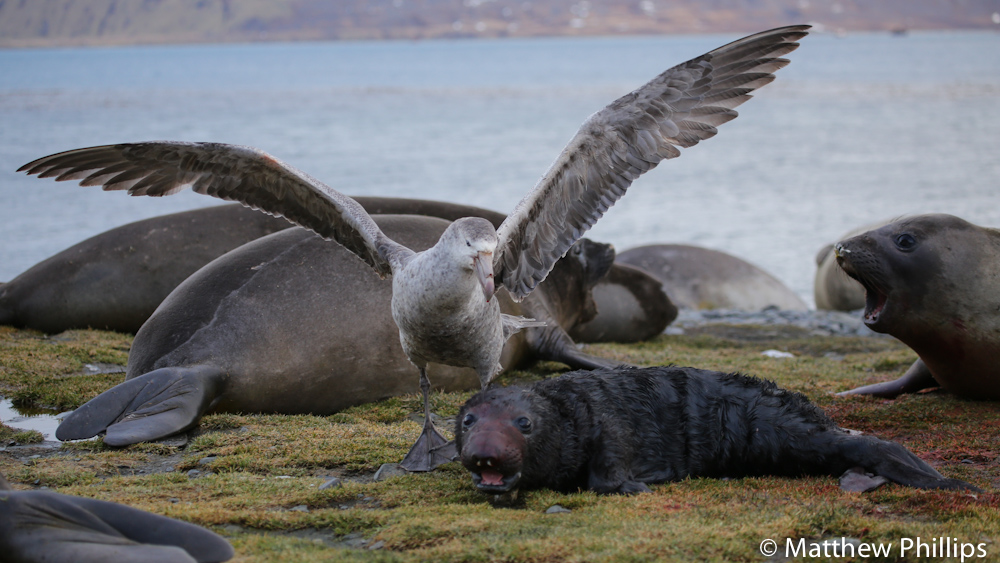
Yep bye bye Skua! Giant Petrels or ‘Geps’ are the kings of the scavengers around here and don’t have much trouble scaring off Skuas. (next picture might make your eyes water if you’re a bloke…)
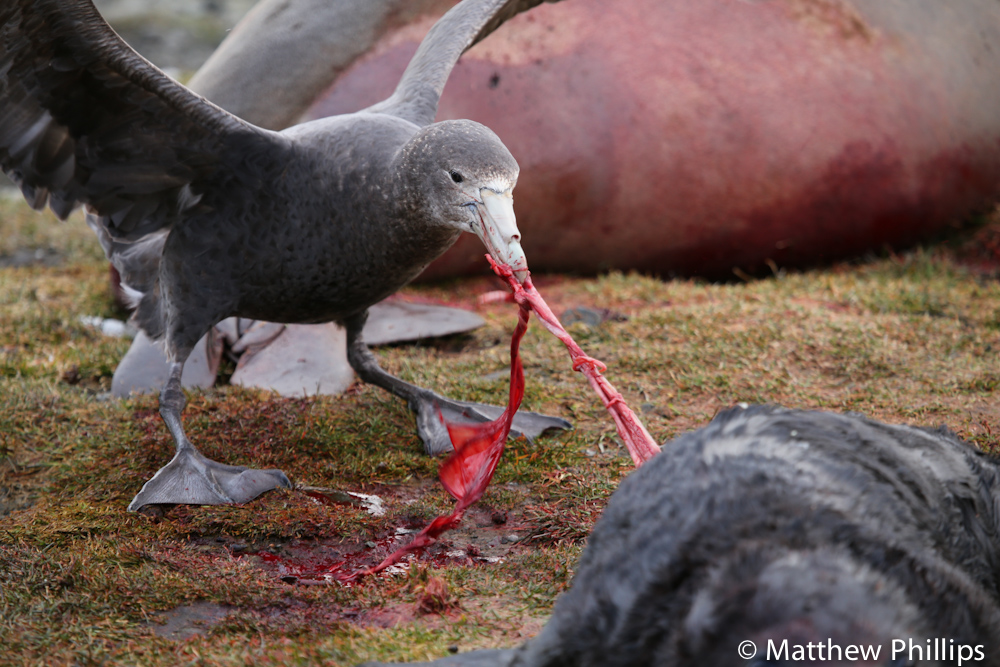
If there isn’t any placenta left (or it hasn’t arrived yet) the next best thing is the umbilical cord, thats still attached! At least thats what I hope it is!
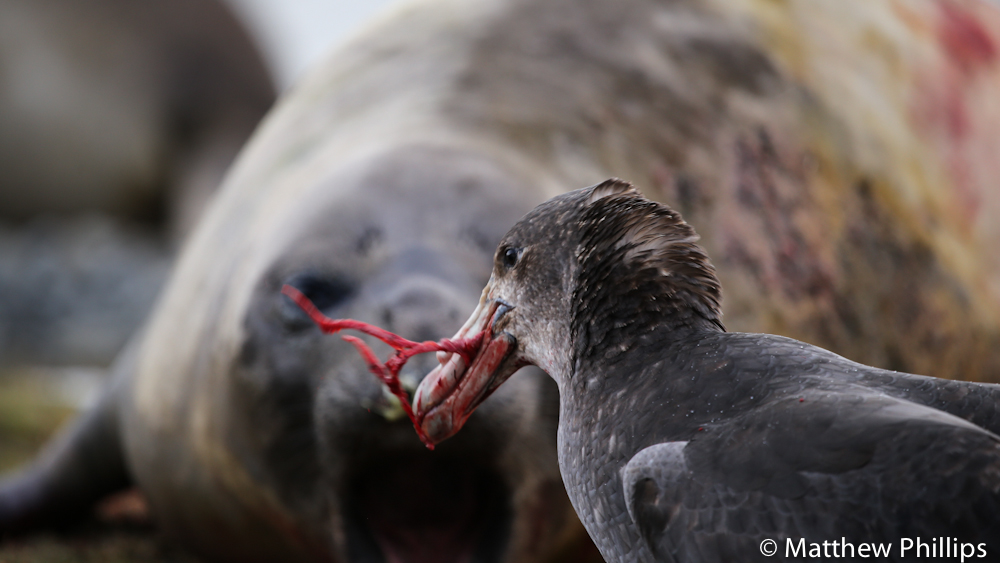
The Gep almost looks satisfied in this shot. I’m not convinced though as they seem to have bottomless stomachs. The mother in the background looks less than impressed.
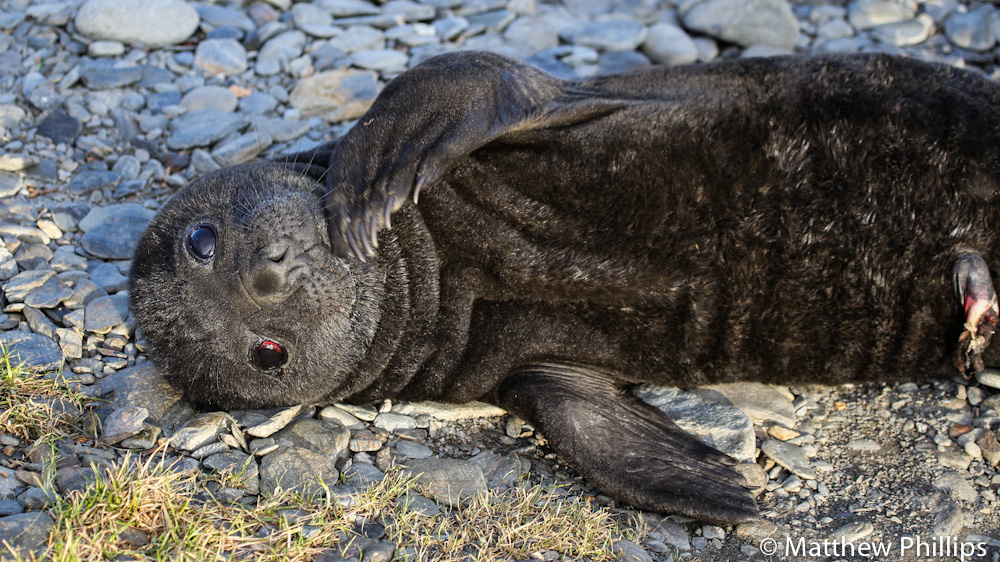
Thankfully most pups survive and quickly become animated enough to keep the scavengers at bay. The mothers will stay with them for 3 weeks after birth, in which time the pups almost treble their size. The first week or so they look like their skin is hanging off them…
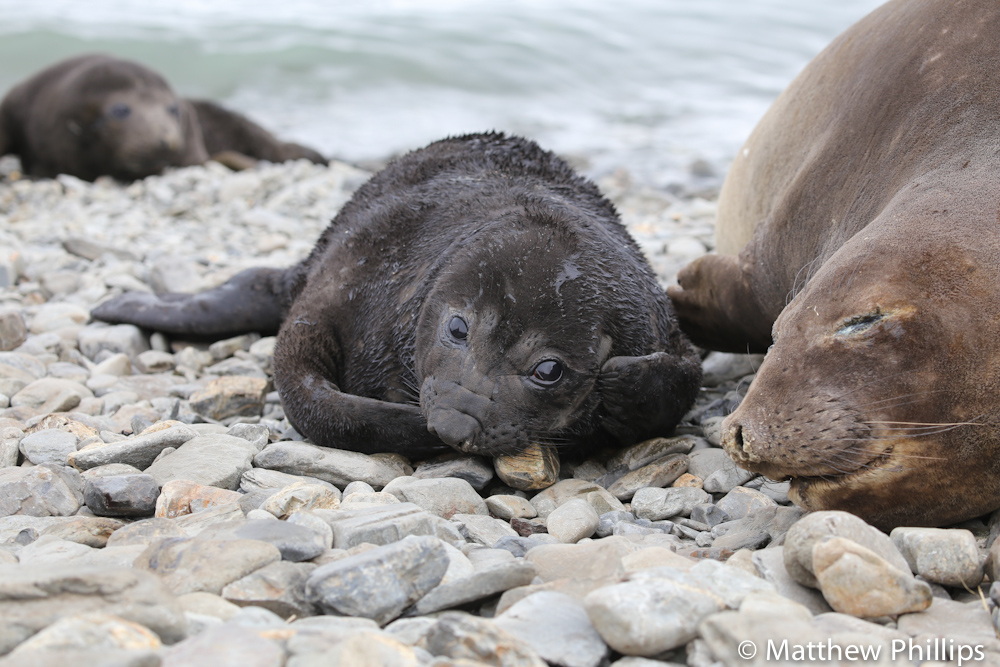
That doesn’t last long though, as the mums milk is 50% fat (human milk is about 4%) which allows them to put on weight at an incredible rate.

I’ve seen footage of males fighting on various programs narrated by David Attenborough and thought there was an element of showmanship to the fighting. Having seen a few now I can say it’s definitely not the case. The fights are brutal and, if it’s an even match, can last a long time. To give you an idea of size their heads are about 5-6ft above the ground here.
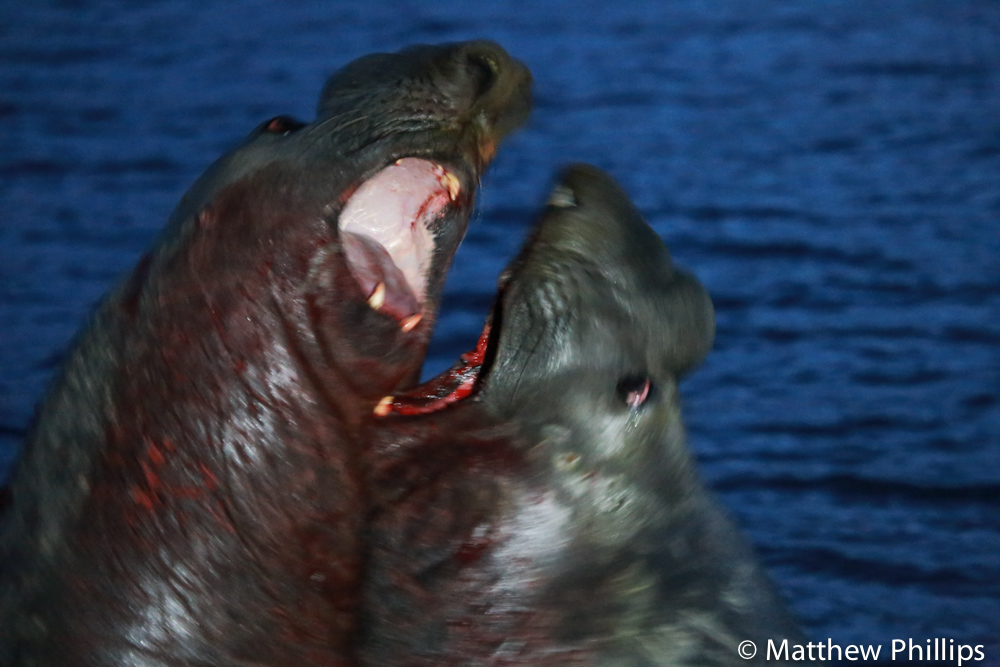
This fight went on for some time and when one forced the other into the water it turned red. If you’re a fan of heavyweight boxing you’d enjoy watching these titans going at it!
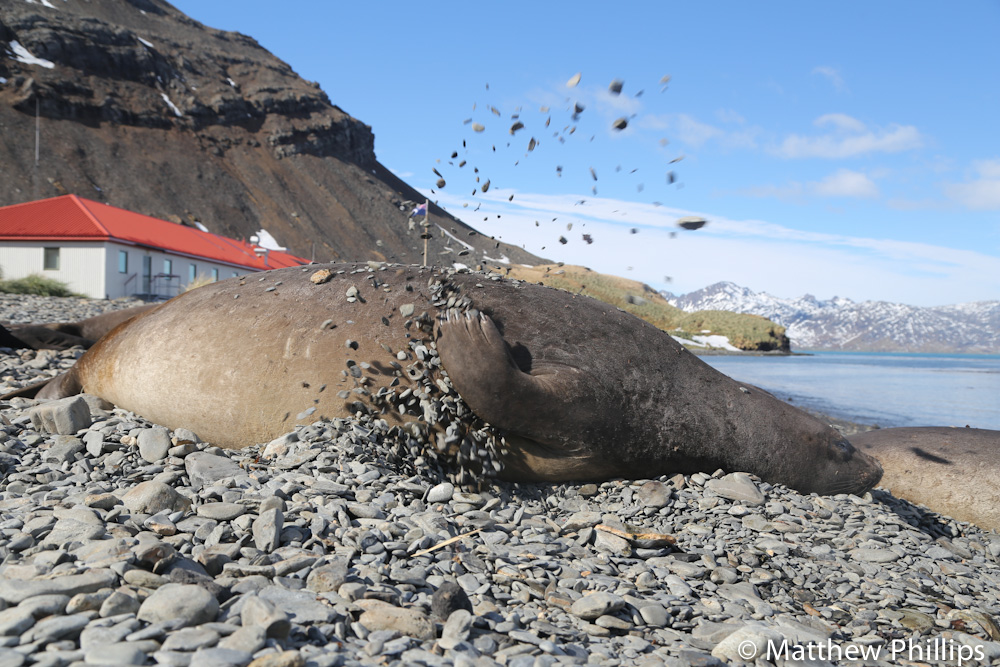
As the boys are being boys the girls tend to recover and relax on the beach. On the ‘warm’ days they like to throw pebbles or sand on their backs to help cool them down. (back to a couple of gruesome ones now, especially the second)

Unfortunately this pup didn’t make it. The eyes were the first to go then the Geps set about getting into the organs. The Gep on the right holds rank here, the wings wide out are a show of aggression. He would occasionally scare the other one away. Over a minute or two I was able to creep right up to it while it fed, it obviously didn’t see me as a threat and carried on tugging/tearing away at the dead pup.
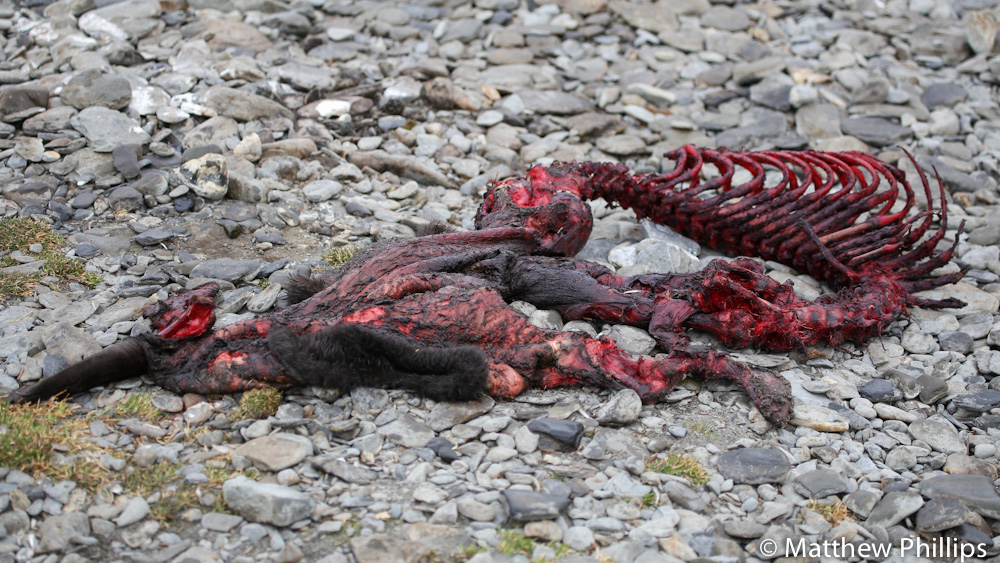
A few hours later and the feeding frenzy is over. Effectively the skeleton and the inside-out skin is all that’s left. Given the harsh nature of the place it’s only natural the wildlife is the same, it has to be to survive.
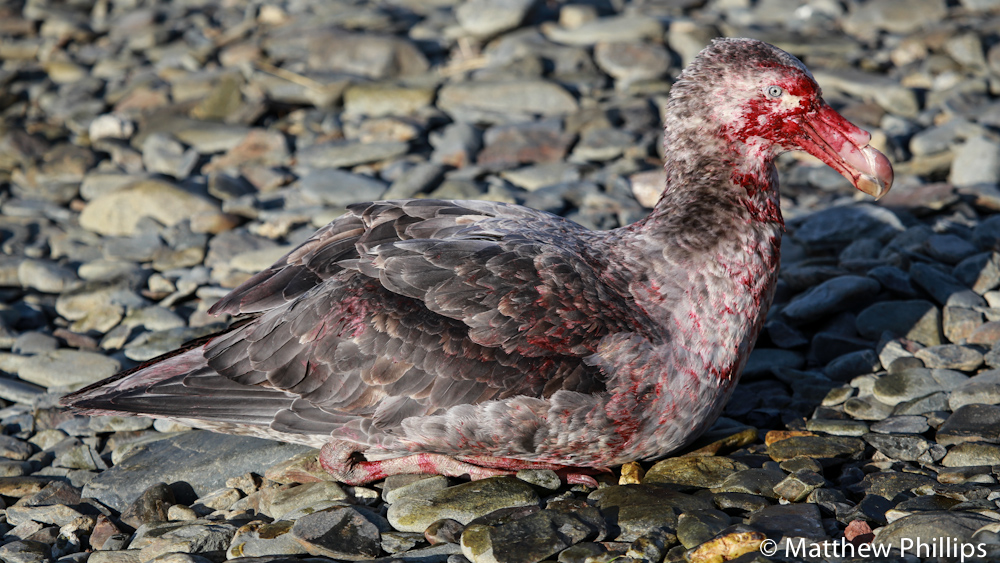
Not one to invite to a dinner party! The Geps get covered in blood and spend several minutes washing in the sea after a good feed. There is something pre-historic about the Geps. I have to say I admire them, as brutal as they are they don’t leave anything to waste or miss a meal. No more blood or guts now!

The sun is just about breaking the peaks of the Barff Peninsula in the mornings now. I hope to get some nice time-lapses soon.
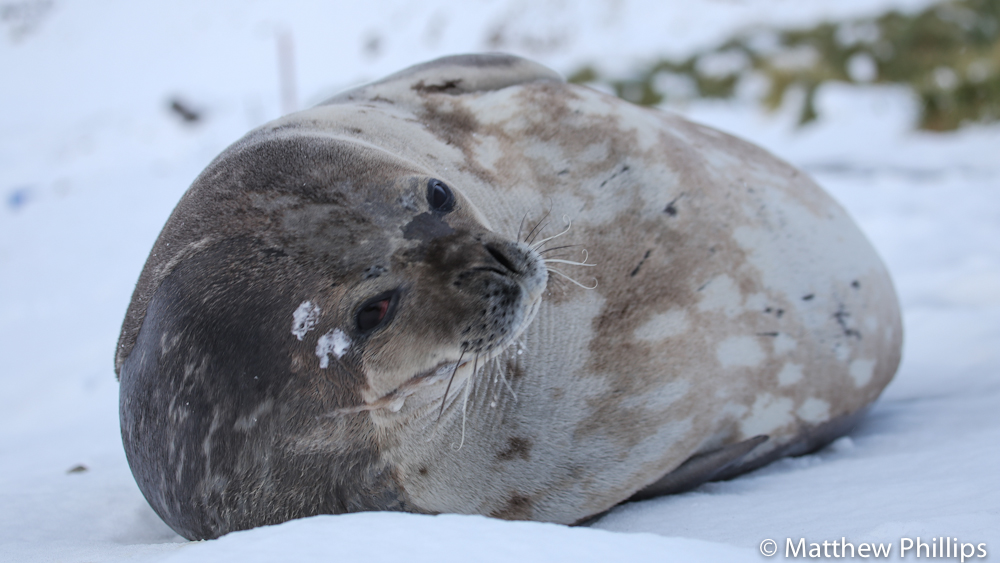
Here’s a rare one to KEP, can you guess what it is? The fur is slightly spotted like a leopard seal but its mouth is more like a pug than anything else. It’s a Weddell Seal! There is a colony on the south end of the island where it’s colder, so their appearances here are few and far between. Pat (government officer of about 20 years) has only seen 2 or 3 in his time so we were quite lucky to see one.
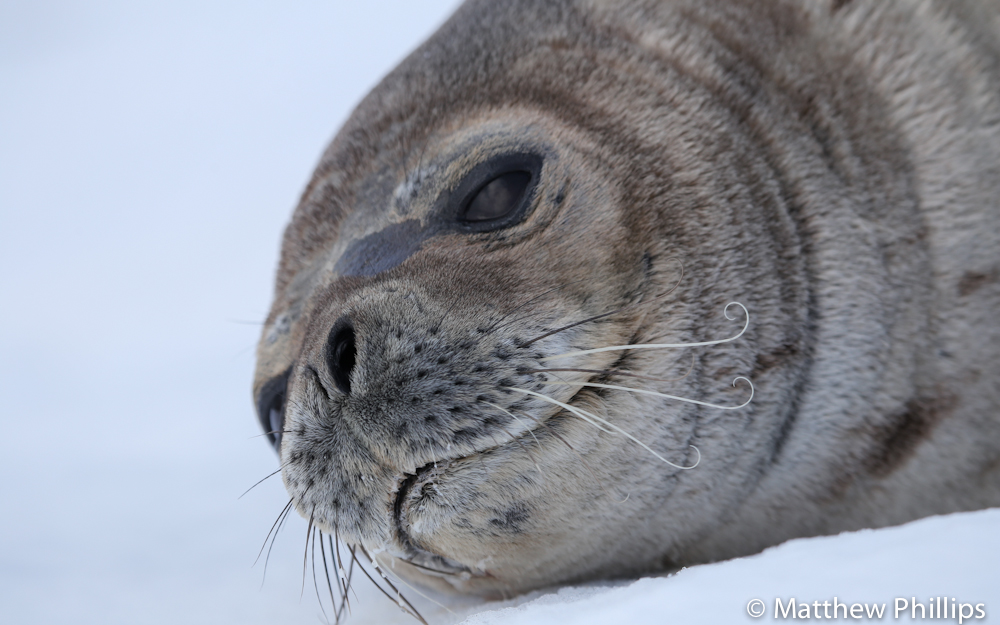
When their whiskers dry out they curl up at the ends. Gives them some ‘rogueish’ character don’t you think?
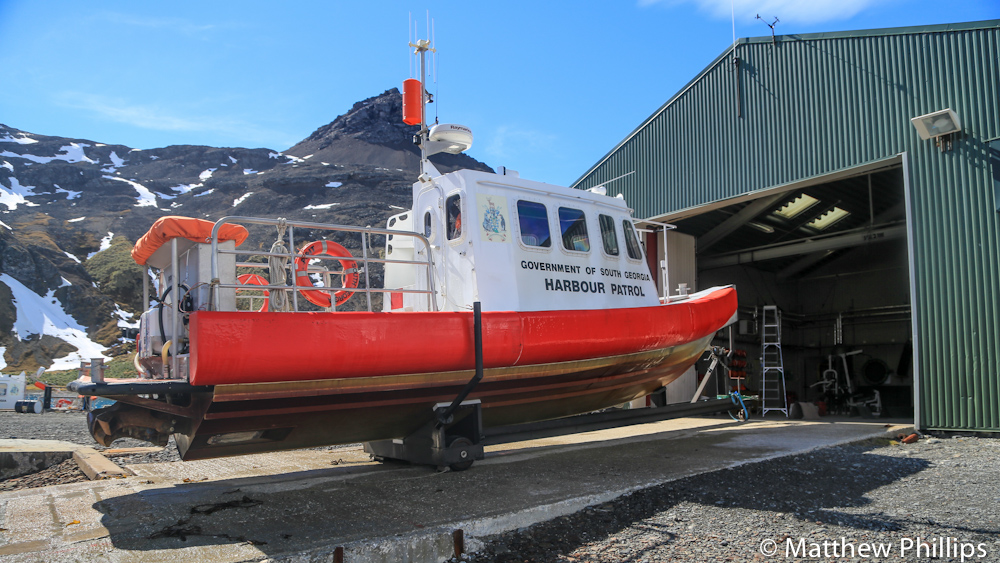
I have been quite busy with work as well this month. Don’t want you thinking I’m hanging around picturing seals all day! The fishing season is all but done and there is very little requirement for the boats at this time of year. So it’s a good time to dry dock the jet boats and give them a service. Here’s Pipit on the slip about to go in the shed after giving the hull a clean with the jet wash. You can see the jet units underneath the stern plate and the water intake for the jets just to the right of them.

We dry dock the jets every 3 months to do the quarterly checks on the engines and jet units. The Jet units get taken apart and have the anodes (sacrificial metal that corrodes in salt water and protects the rest of the jet unit), impeller etc checked. The photo shows the right jet unit fully assembled and the one on the left stripped. The section on the mat funnels and directs the water as it passes the impeller. You might be able to make out the nozzle which pivots left and right to turn the boat. The large section to the left of the mat is the bucket which when up lets the boat go forward and backwards (astern) when down – as it is on the right jet unit in the photo. The two curved shoulders on the front of the bucket are where the water is directed when the bucket is down. If you remember me talking in a previous post about how the steering, while in astern is backward, this might help you understand how it works.
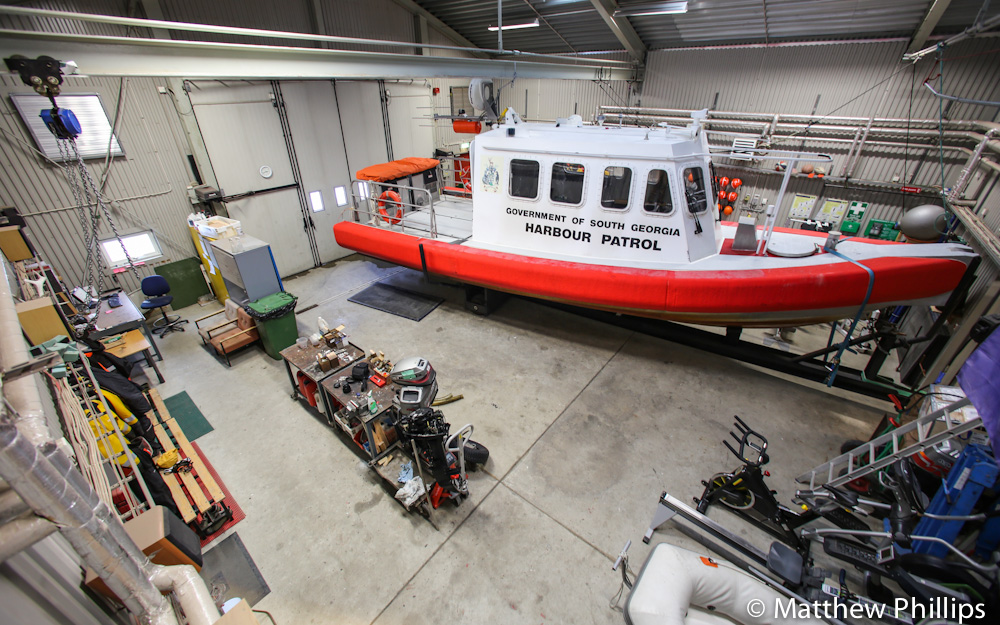
Here she is neatly tucked into the boat shed. It was a big service this time. She had 3 and 12 month services on the Jet units and 6,12 and 24 month services on the engines themselves. Those of you who know me best might be slightly alarmed at that, given I’m no mechanic, but we have all the manuals and a helpful mechanic I can go to for clarification.
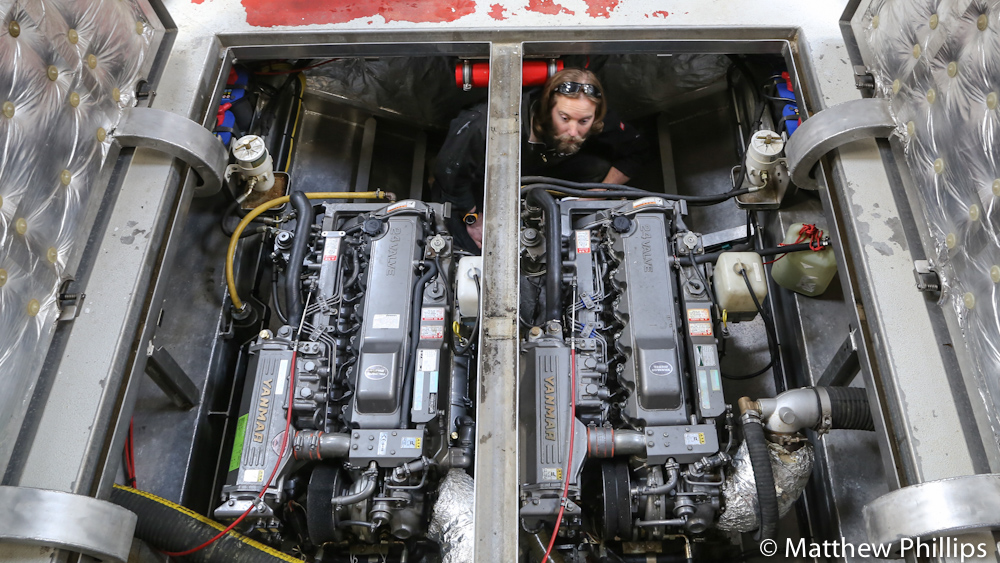
Here I am at the bow end of the engine bay, can’t exactly remember what I’m doing but probably checking for leaking fuel (given I’m looking at the fuel filter and fuel pipe I’d just replaced). Each engine produces 315bhp which will propel the boat to just over 30 knots (about 35mph), not bad for something that weighs in at 5.5 tones. I know my way around these engines after a year with them. I’ll try to keep them in good condition for the next 9-10 months before I leave! (thanks to James for taking the picture)
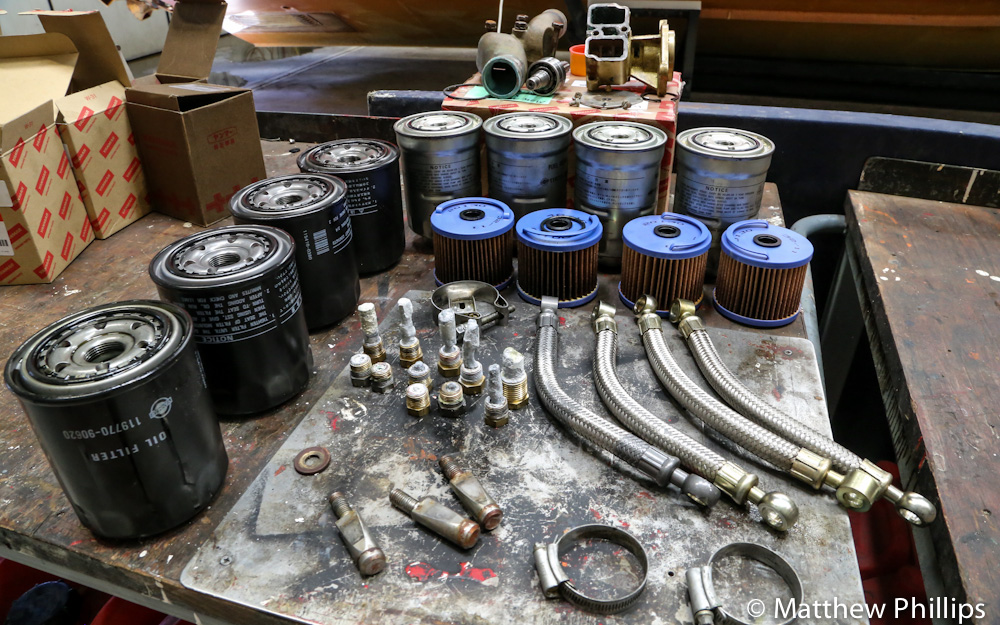
All the various bits that have been replaced over the month – 4 x fuel, oil and water/fuel filters. 4 x fuel pipes and 11 engine anodes – some very corroded! Jubile clips, cotter pins etc. The thing at the back is a sea water pump that had been leaking, I’ll need to look at refurbishing that in the next month and keeping it as a back up. On top of all of that I’ve replaced a total of 48 litres of oil and 44 litres of coolant and nearly 5 meters of piping for the cooling system.
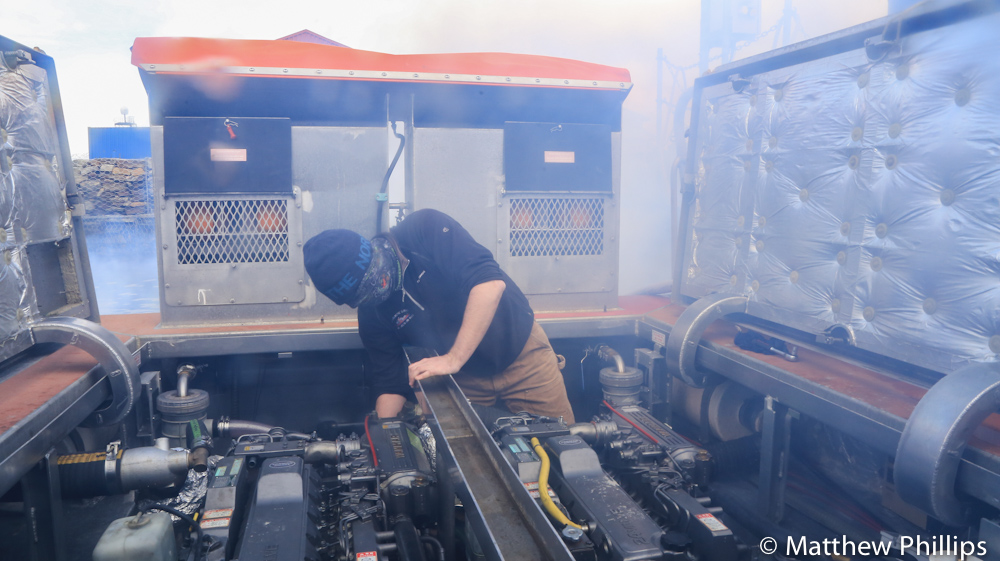
Final part of the annual service is to clean the turbo unit on each engine. That’s not snow or fog behind me, that’s the smoke from the engine as I squirt cleaning liquid into the turbo and it burns it off in the exhaust – hence me covering my mouth.
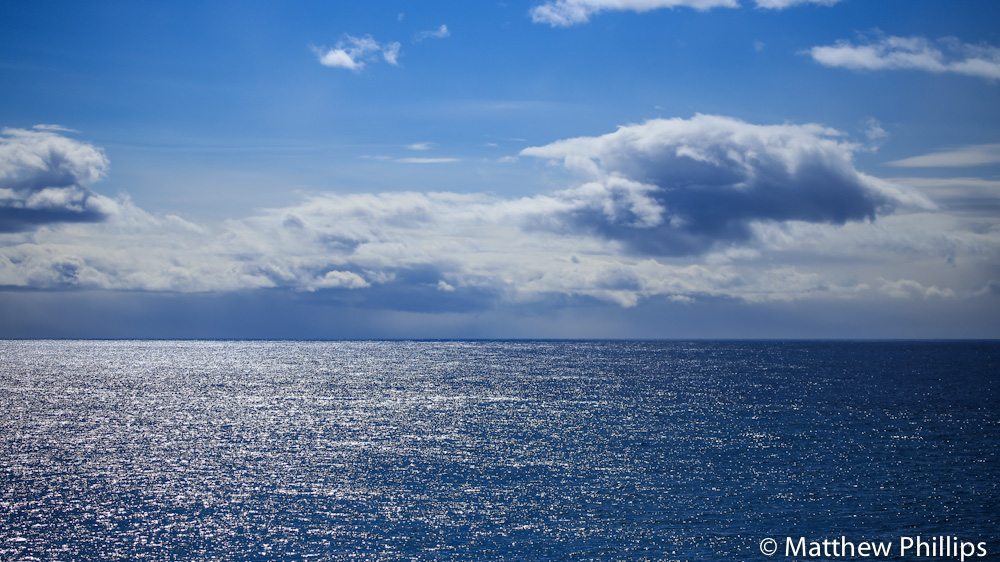
This might seem like a nothing shot but it’s a rare sight for me. I’ve been on the island for 11 months now and haven’t really left Cumberland Bay, except for the odd trip to St Andrews and Stromness in the boats. While I can get up some hills and find some impressive views it’s hard to get a big open sky like this. Daniel, Julie and myself were able to escape base for a few days on the Pharos and head up to Prion Island in The Bay of Isles at the north end of the island for some scientific survey work.

Daniel checking the GPS on the bridge. We left in near perfect conditions but that was beginning to change. What a magnificent beard!
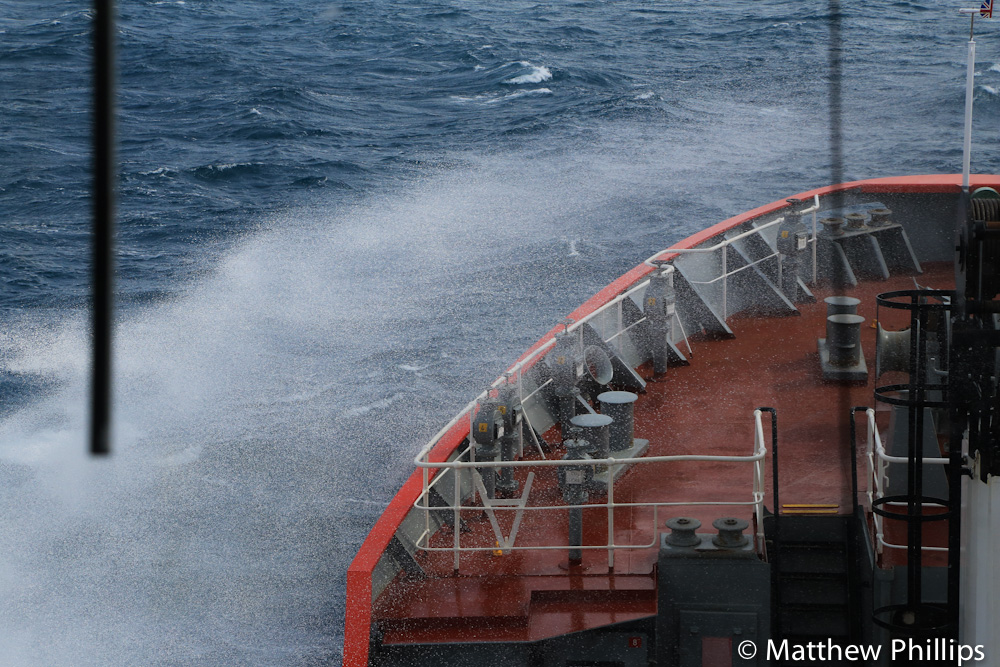
Just as the anchor was dropped the wind started to pick up. Not the biggest seas as we were in the lee of the island but gusts of up to 60 knots were enough to send spray whipping across the deck and call a halt to our landing.
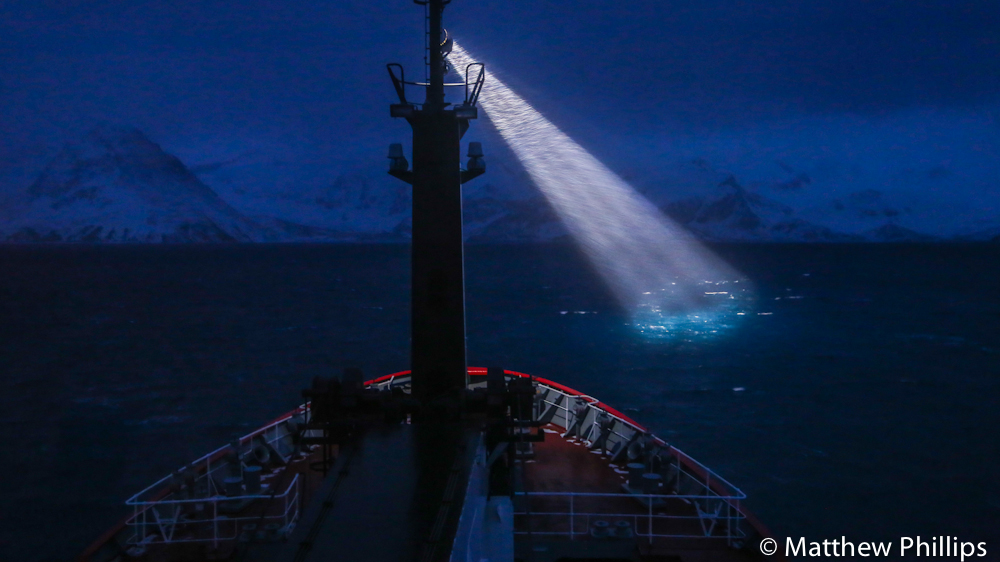
We didn’t get a weather window that day so had to do some laps of the bay during the night – better to heave to than to drop the anchor and potentially drag it. Made for some interesting shots at night with the ice light though. The white stuff you can see are ‘white horses’ (waves breaking on the sea) not ice.

The next morning was much more settled and after a short zodiac trip we managed to land on the island. We were looking for the owners of these prints…any guesses? I’m a size 10 UK so that print belongs to something big! Not hard to work out it’s a bird’s print and there aren’t many bigger than the ones were were looking for…

The chicks (29 of them on the island) are about 6 months old now and are starting to lose their down feathers, hence the slightly scruffy appearance. Each nest is staked in April time and marked on a GPS and map so they can be found again in the spring.

Wandering Albatross has the largest wingspan of any living bird, adults wingspans are often measured at 3.7m! The parents will leave the chicks for 2-3 days while they are out at sea feeding, the chicks can fast for weeks on land if needed. The adults have a specially adapted oil in their stomachs that preserves the food so it’s edible when they get back to the chick. They are also unique among birds in being able to ‘lock’ their wings in place while they are gliding, soaring on the ocean swells – pretty cool!

Back on the Pharos after spending the morning on the island (it’s the green island on the left of the shot) enjoying the warm deck and some stunning scenery. What was the cover picture of that Michael Jackson album again!?
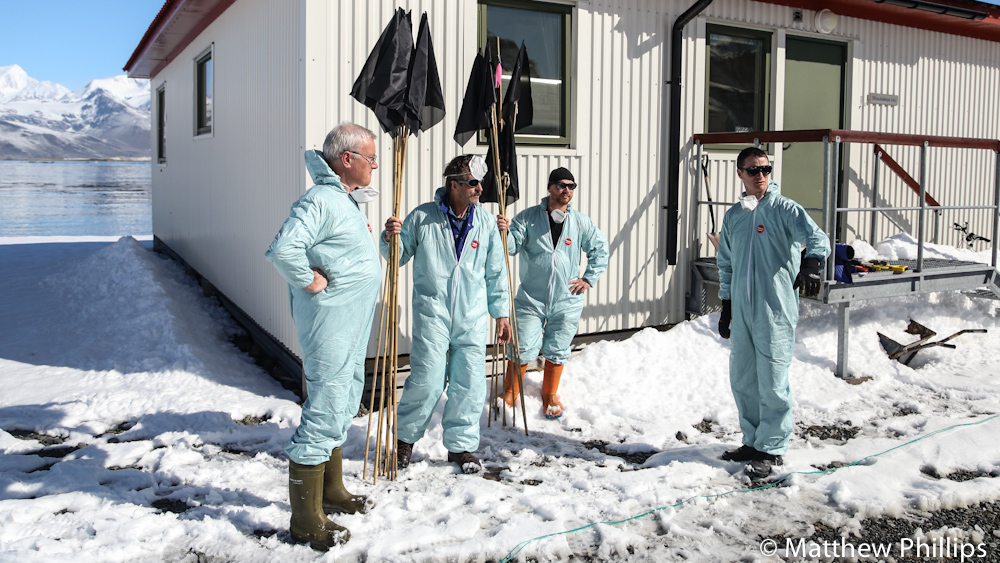
‘Who you gonna call?’ No we didn’t find any ghosts but one of the builders found what looks like rat tracks in the snow next to the sauna, presumably one that sneaked off a ship or in a container brought in by the builders. The Thatcher Peninsula has been free of rats for nearly 3 years now, after the first round of the rat eradication project. So a handful of us set about marking out a grid, baiting the whole of King Edward Point and setting up more traps – there are always traps set up just in case one sneaks off a ship.

Matt Hooper lets rip with some bait. The idea is to walk 25min, fill the scoop with bait and spread it as best you can.

The bait is fairly harmless to humans, in small quantities at least, but the dust cloud each scoop generates isn’t the best to get in the eyes or inhale!
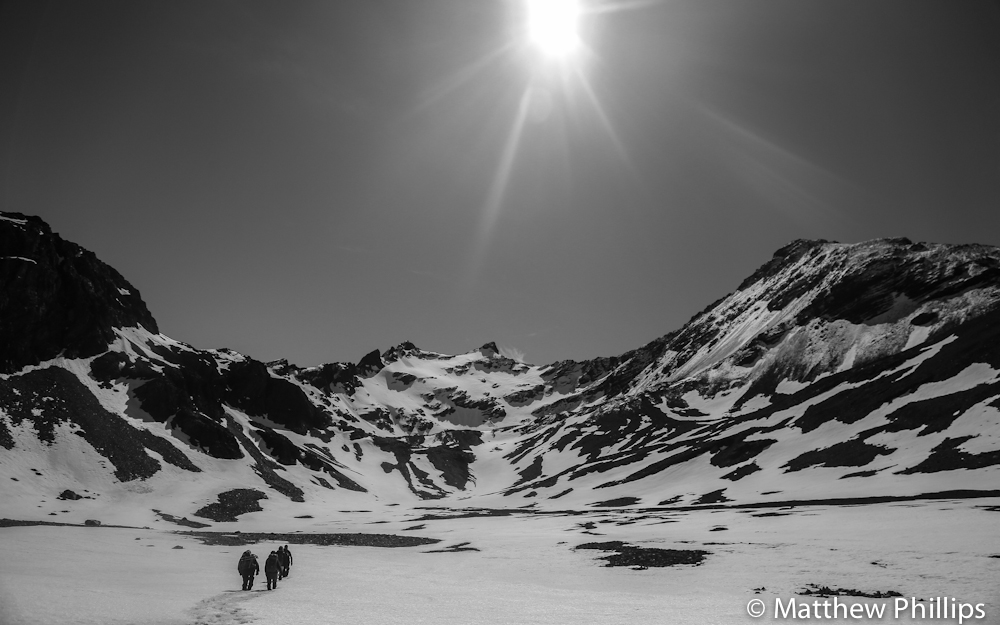
The flats and upper slopes of Hodges bowl showing gaps in the snow. It wasn’t so long ago it was a winter wonderland in here. A few of us took advantage of the good weather to head up Narval peak (left hand side of the photo) Petrel and Hodges in the centre and right respectively.
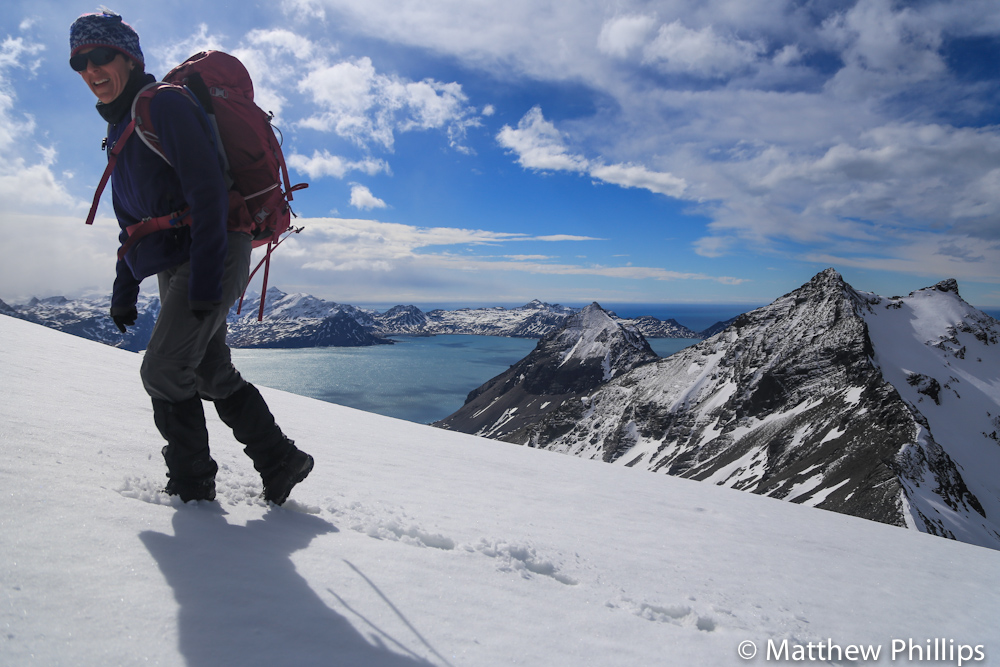
Sheri, one of the new museum staff members, makes her way up one of the higher snow fields to the summit.
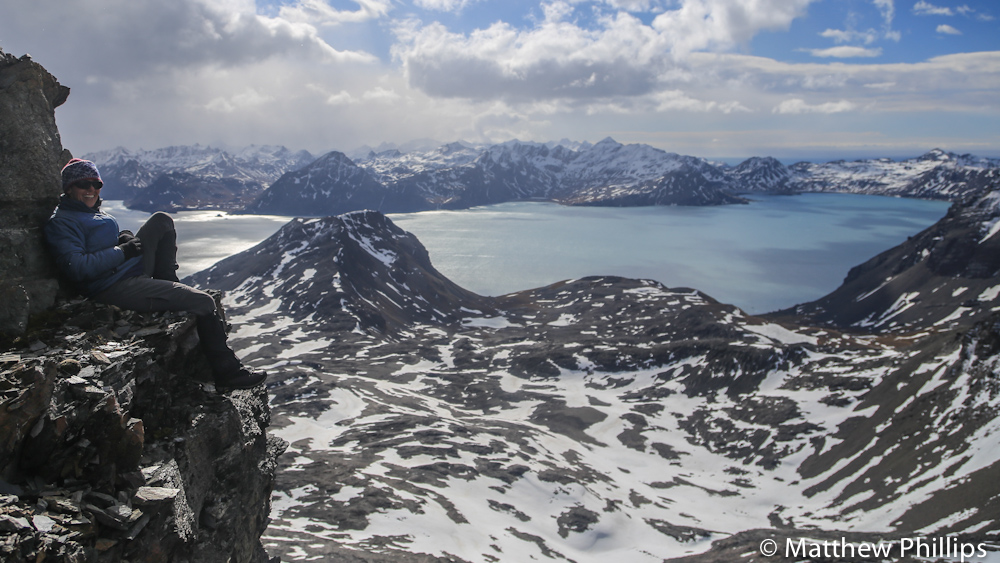
Sheri chillin’ on a ledge just below the summit, partly to stay out the wind. It’s nice to have new models who don’t dress like they are going to a funeral.
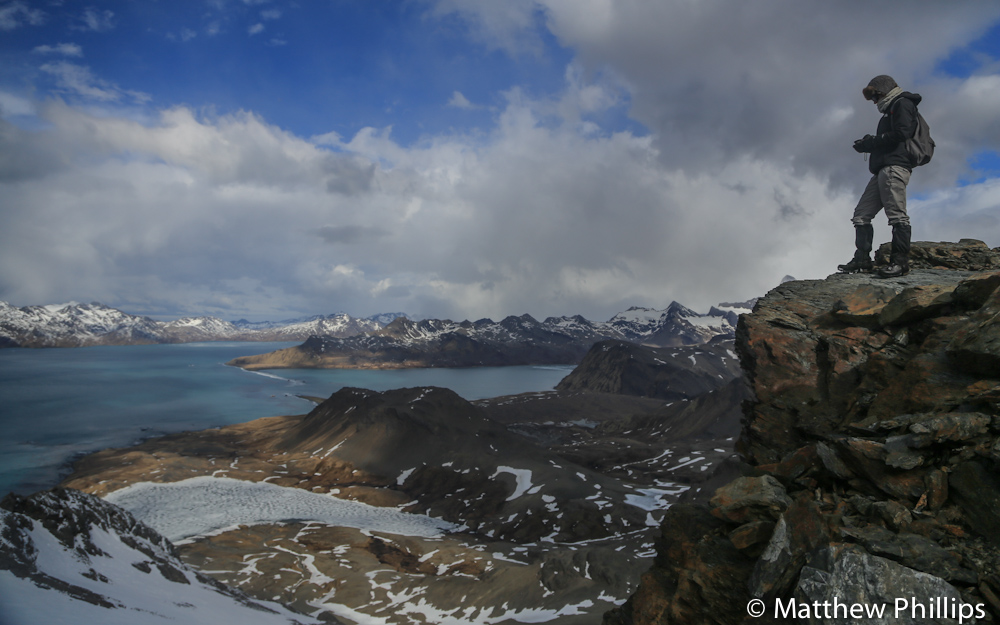
Rachel, another new museum staff member, stops for a photo looking down towards Cumberland Bay East and a still partially frozen Gul Lake.

I’m going to regret this but here goes anyway! I’ve had a couple of comments about not appearing in the blog enough so this is me trying to appease those people. Though I have little doubt that I’m going to have my balls busted about looking like a caveman or something. That’s a good bit of snow/ice in my beard, I had sucked most of it out of my moustache in a effort to keep myself hydrated! The headband was made by a friend while we were staying in the Hutchison Memorial Hut in the Cairngorm Mountains (Scotland) last summer – it’s fast becoming a classic bit of kit, it keeps the ears outrageously warm! I don’t go out on the hill without it now, thanks Hannah!
Base numbers will have risen to a scary number next month – about 30! The new lot are expected in late November, so I should be well underway with the new boatie and getting him familiar with the boats and surroundings. I’ve really enjoyed being the lone boatie over the last 4 months but with the busy summer season nearly here it will be good to share the load – also nice to have some company in the boat shed!
–
I was asked a few questions after last months blog, some of which I’ve answered in pictures above but some were regarding the tsunami shelter and tsunamis at KEP.
I’m not an authority on either but here’s what I know……
We are close to the South American and the Scotia tectonic plates which are reasonably active and have been known to cause tremors at KEP, even small tsunamis. A 20cm tsunami was recorded here a few years back, not exactly scary! I guess there is potential for a large one but given how tucked away in Cumberland bay we are, I would think that the sting would be taken out of any tsunami headed our way, as the other shorelines between us and the open sea absorb most of the force.
The other question related to the best course of action in the event (or imminent arrival) of one, and would heading out to sea be the best option? If I was in one of my boats I’d head for the deepest water I could find as fast as I could. At sea or in deep water tsunamis are basically a large swell and only become dangerous when the sea bed starts to ‘shelf’ (become shallow as it reaches shore) and turns into a breaking wave. I think the best way to handle one at sea is head on and with as much speed as you can (though admittedly that didn’t work out too well for George Clooney and co in ‘The Perfect Storm’). Obviously on land the best thing to do is get high as you can as quickly as you can.
Check out last month’s post if you want to see our cosy tsunami shelter!

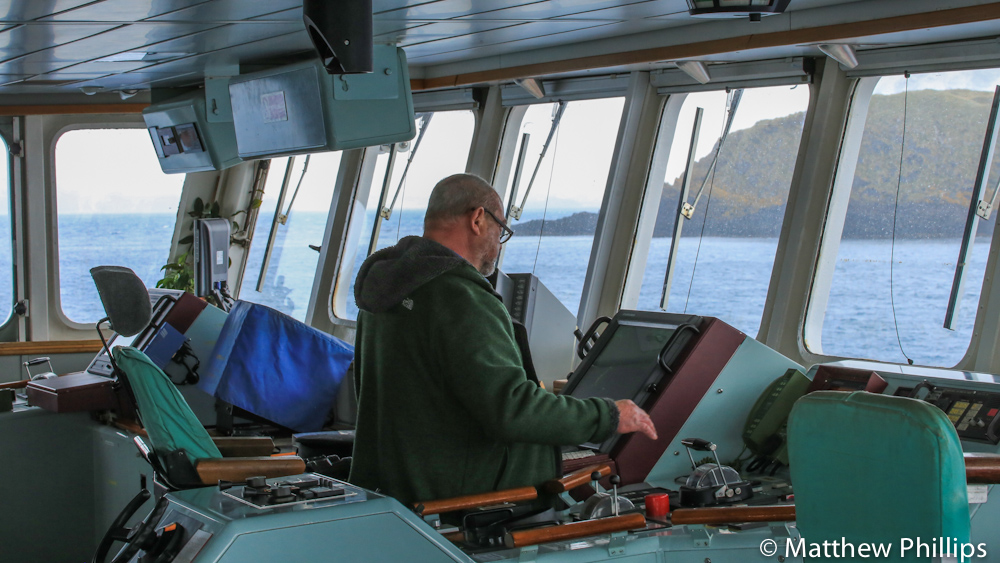
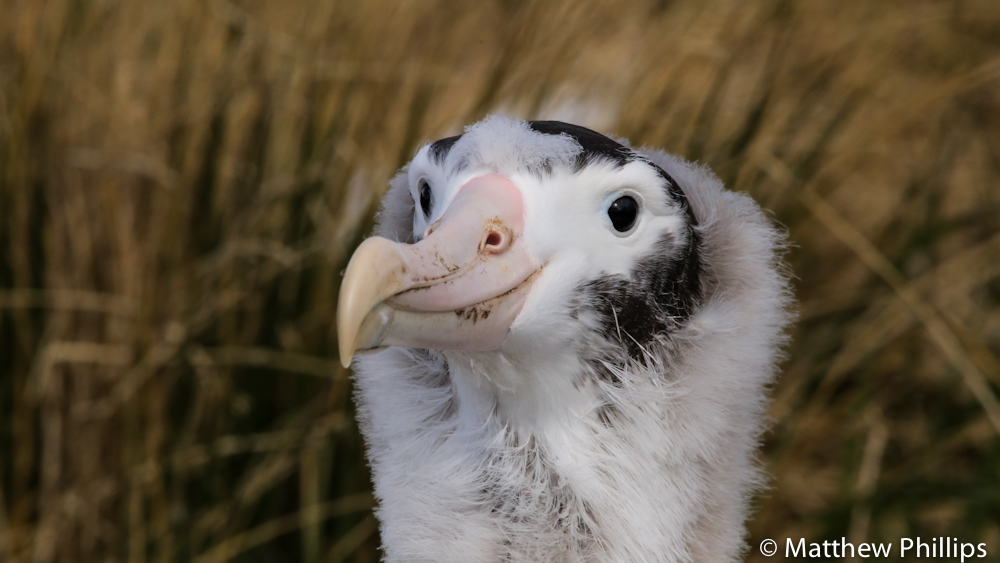
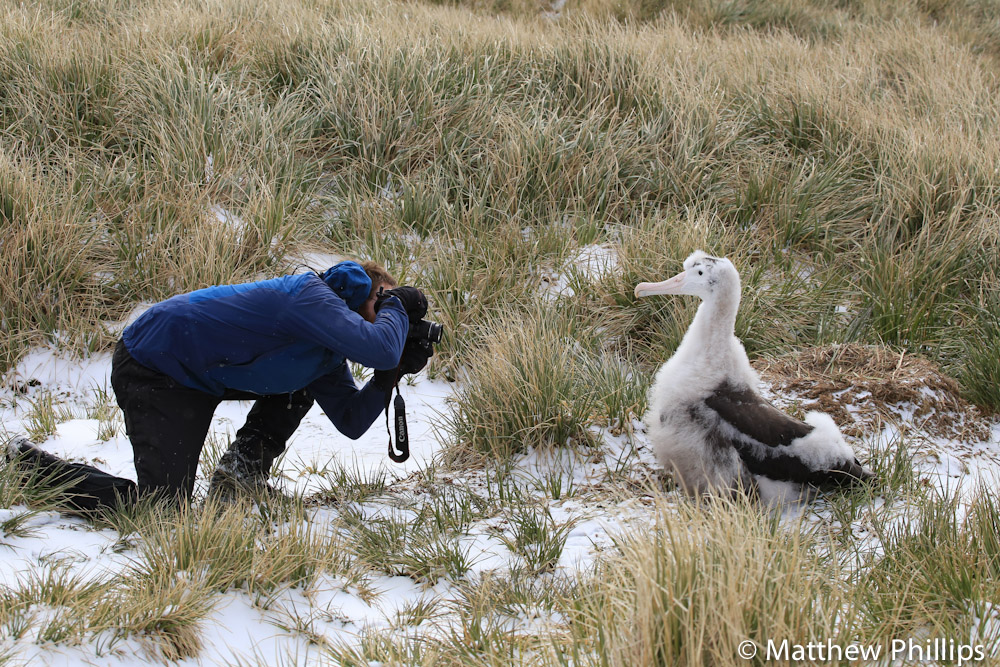

 Follow
Follow
